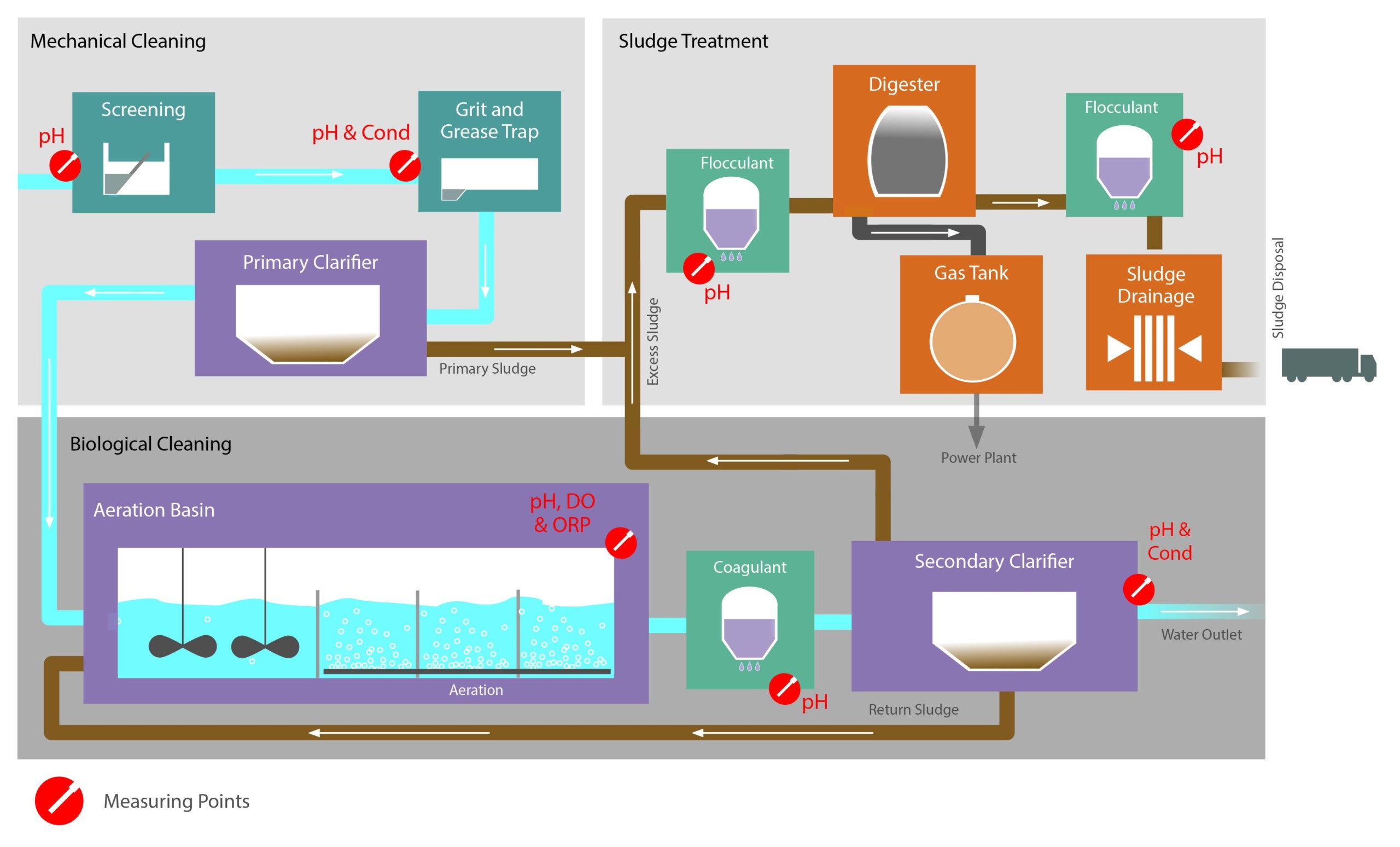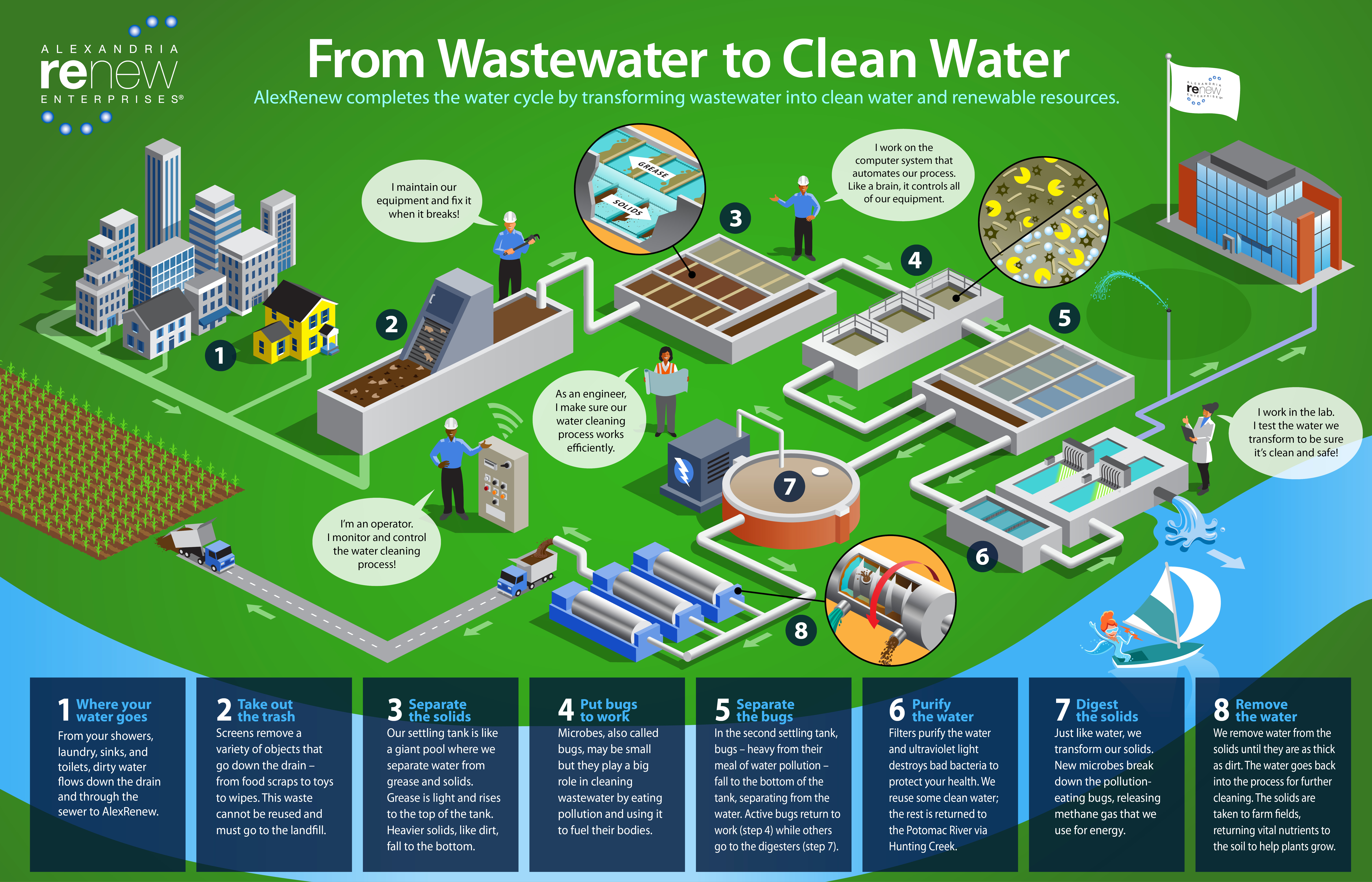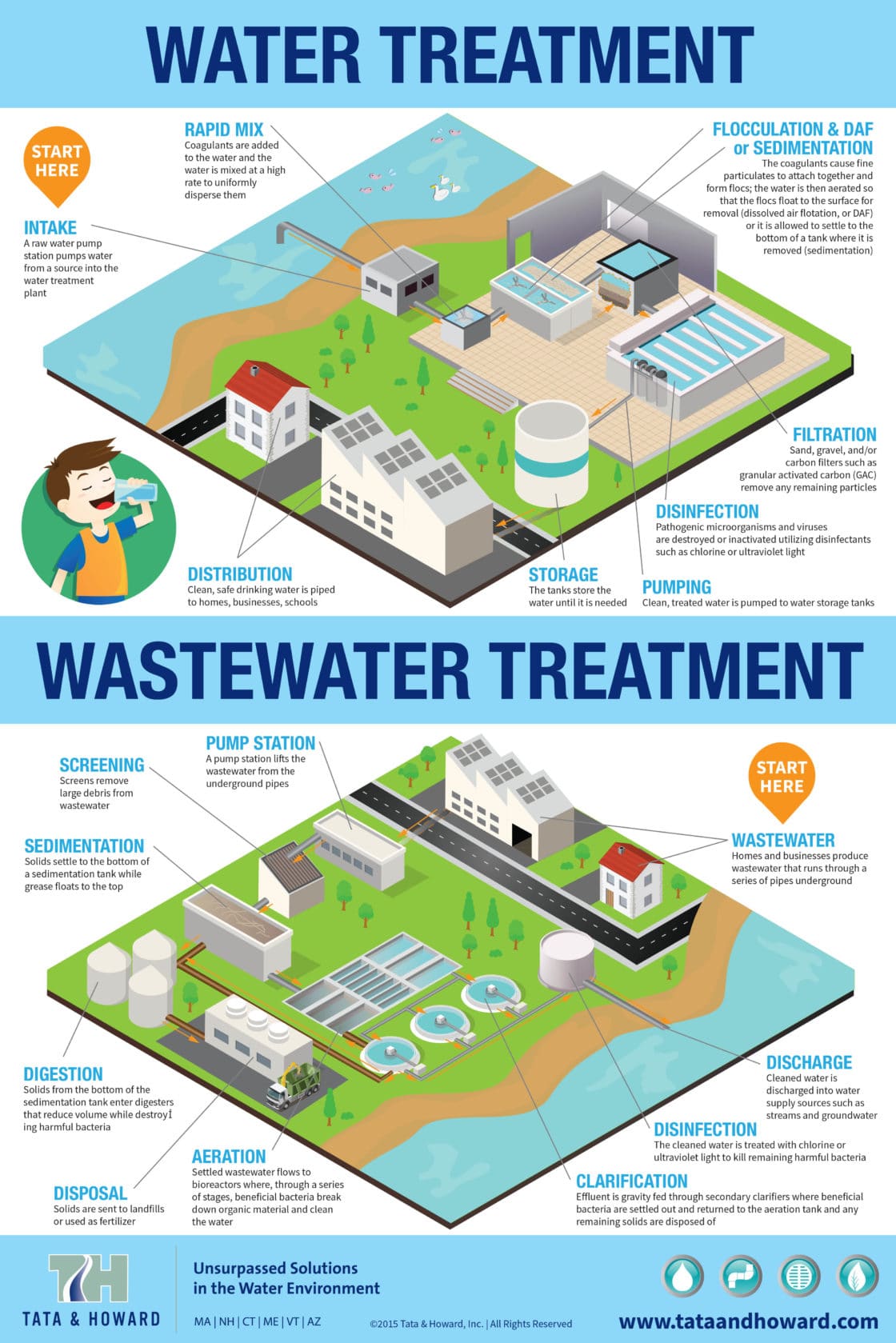
Practice is followed to remove or prevent the discharge of pollutants to the drain system or to watercourses as a result of the creation, collection, and disposal of non-hazardous liquid materials. Incineration, yard waste composting, etc.įig: No littering of Solid Waste in Public places Liquid Waste Management.Compaction: decrease the volume up to \(70\%.
 Food Waste: grinding and releasing it into the sewer system. The most common on-site processing operations used are:. Waste processing can reduce the volume of waste, recycle the usable materials and change the shape of solid wastes. The separation of newspaper, cardboard, bottles, yard wastes, aluminum cans, ferrous materials, and especially hazardous wastes. The best place or source to collect waste materials for reuse and recycling is from the homeowners. Waste Handling and Separation, Storage and Processing at the Source: On-site Handling (sorting, storage and processing). Six Main Functional Elements of a Solid Waste Management System: To overcome the major causes of solid waste, we have to practice the rules of no littering zone, separate the dry waste and wet waste and dump it into the municipal vans, avoid usage of plastic, etc. The use and throw culture of advanced societies has led to a tremendous increase in the generation of solid waste.
Food Waste: grinding and releasing it into the sewer system. The most common on-site processing operations used are:. Waste processing can reduce the volume of waste, recycle the usable materials and change the shape of solid wastes. The separation of newspaper, cardboard, bottles, yard wastes, aluminum cans, ferrous materials, and especially hazardous wastes. The best place or source to collect waste materials for reuse and recycling is from the homeowners. Waste Handling and Separation, Storage and Processing at the Source: On-site Handling (sorting, storage and processing). Six Main Functional Elements of a Solid Waste Management System: To overcome the major causes of solid waste, we have to practice the rules of no littering zone, separate the dry waste and wet waste and dump it into the municipal vans, avoid usage of plastic, etc. The use and throw culture of advanced societies has led to a tremendous increase in the generation of solid waste. 
These may be classified as municipal wastes, industrial waste, and hazardous waste. The term solid waste refers to all discarded and thrown away solid and semi-solid wastes arising from human and animal activities. There are mainly two types of waste: Biodegradable Waste
Chemicals used in agriculture are toxic in nature.Ī lot of waste is generated from commercial establishments such as restaurants, hotels, markets, offices, printing shops, auto repair shops, medical institutions, and hospitals. These wastes can enter the water table as runoff from agricultural fields. Agricultural wastes include crop residues like husk and straws, farm animal waste, and chemicals like pesticides, rodenticides, fungicides, herbicides, and fertilizers. Modern techniques employed in agriculture and the use of a variety of chemicals have contributed to the production of large quantities of agricultural waste. Food processing units such as dairy, breweries, and meatpacking units release organic wastes. Oil refineries and petrochemical units release a mixture of wastes containing hydrocarbons, organic acids, and sulphur compounds. Paper and pulp mills release effluents containing wood chips, bits of bark, cellulose fibres, and a number of chemicals. Metallurgical industries release waste like slag and scrap metal. 
Mining operations leave tailings (rocks of little or no value) as waste.The wastes typically include ashes, rubbish, building material wastes, toxic wastes, metal containers, plastic containers, paints, oils, and other complex synthetic materials. (ii) Industrial WastesĪll Industries generate waste materials. About \(90\% \) of domestic waste is directly dumped on land thereby increasing land or soil pollution. In general, domestic waste is referred to as refuse. Others-plastic bags, bottles, tins, etc.Garbage-newspapers, rags, hair, house dust.Sewage-human excreta and waste from bathrooms and kitchens.Kitchen waste like vegetables, fruits, and other food waste.

The waste materials produced from our households in our daily activities are called domestic waste. Fig: Sources of Waste (i) Domestic Wastes








 0 kommentar(er)
0 kommentar(er)
